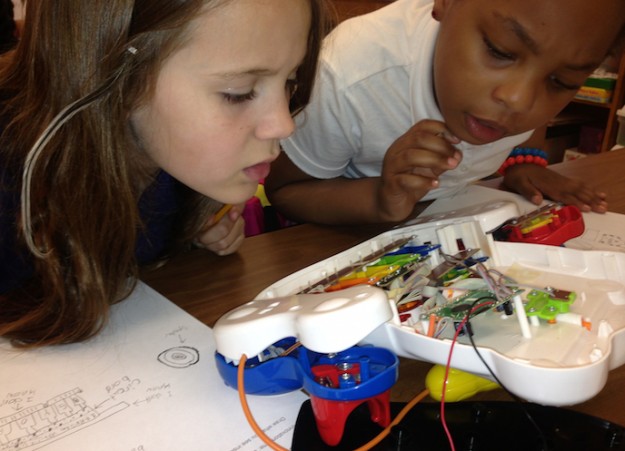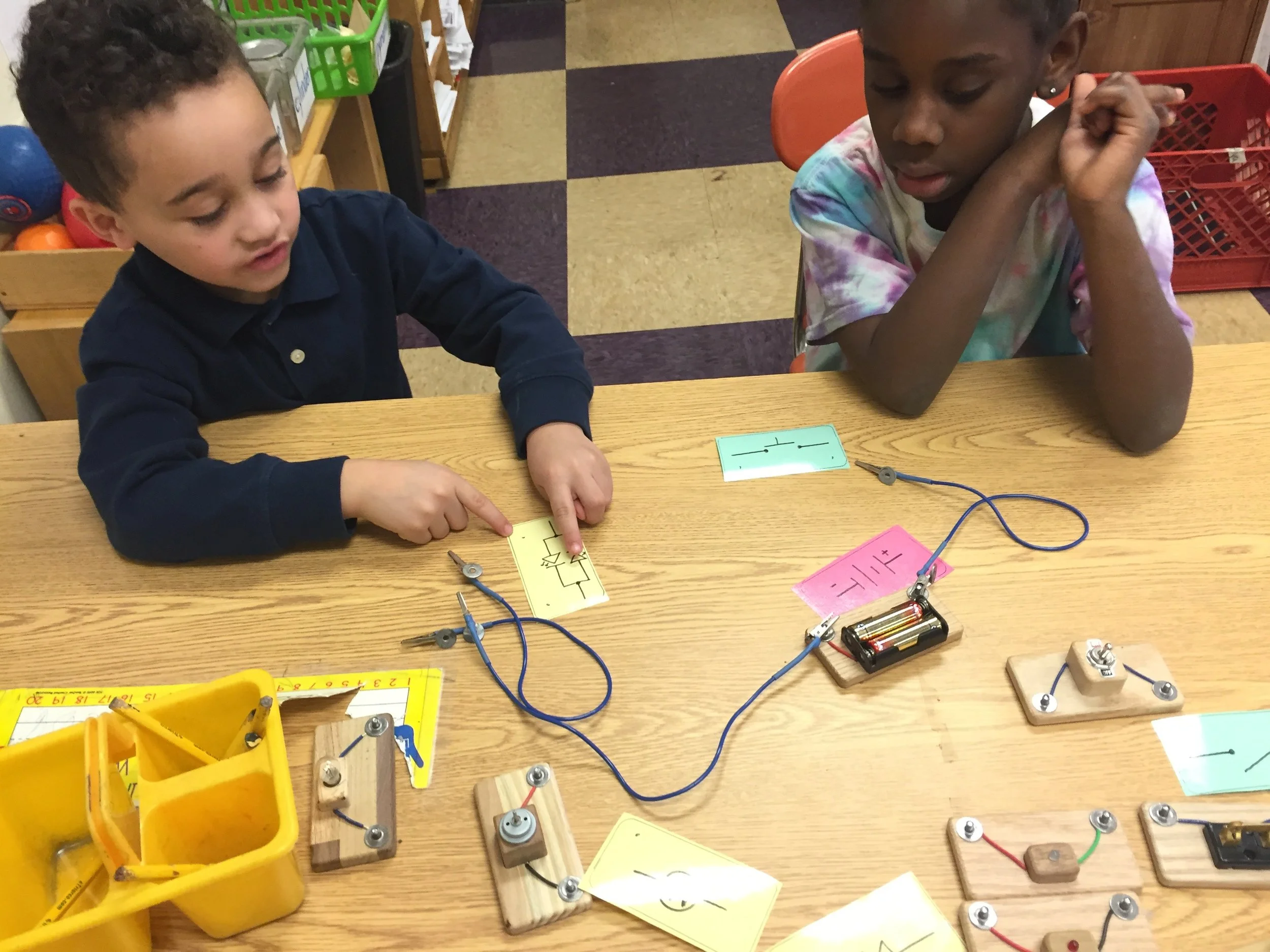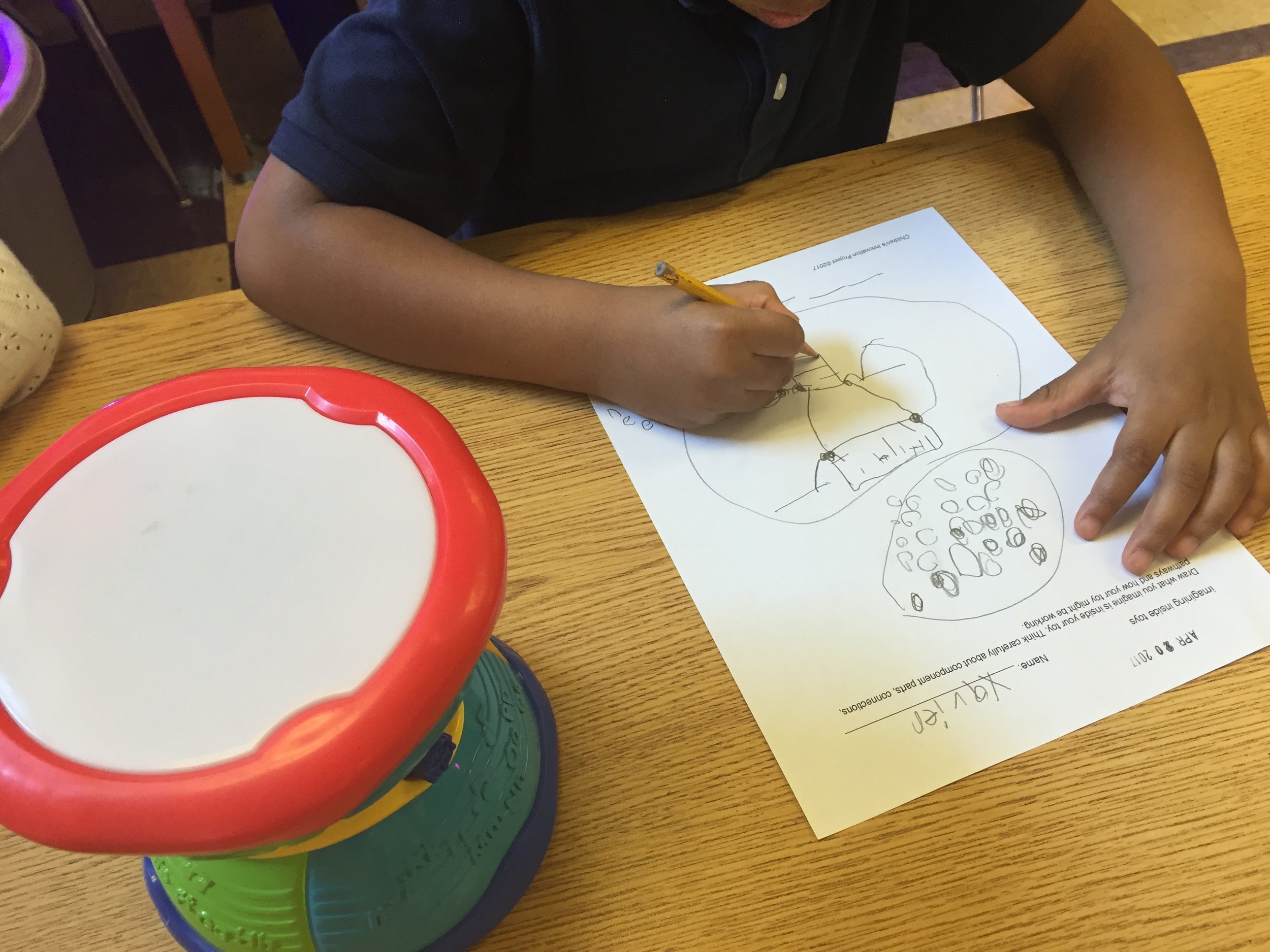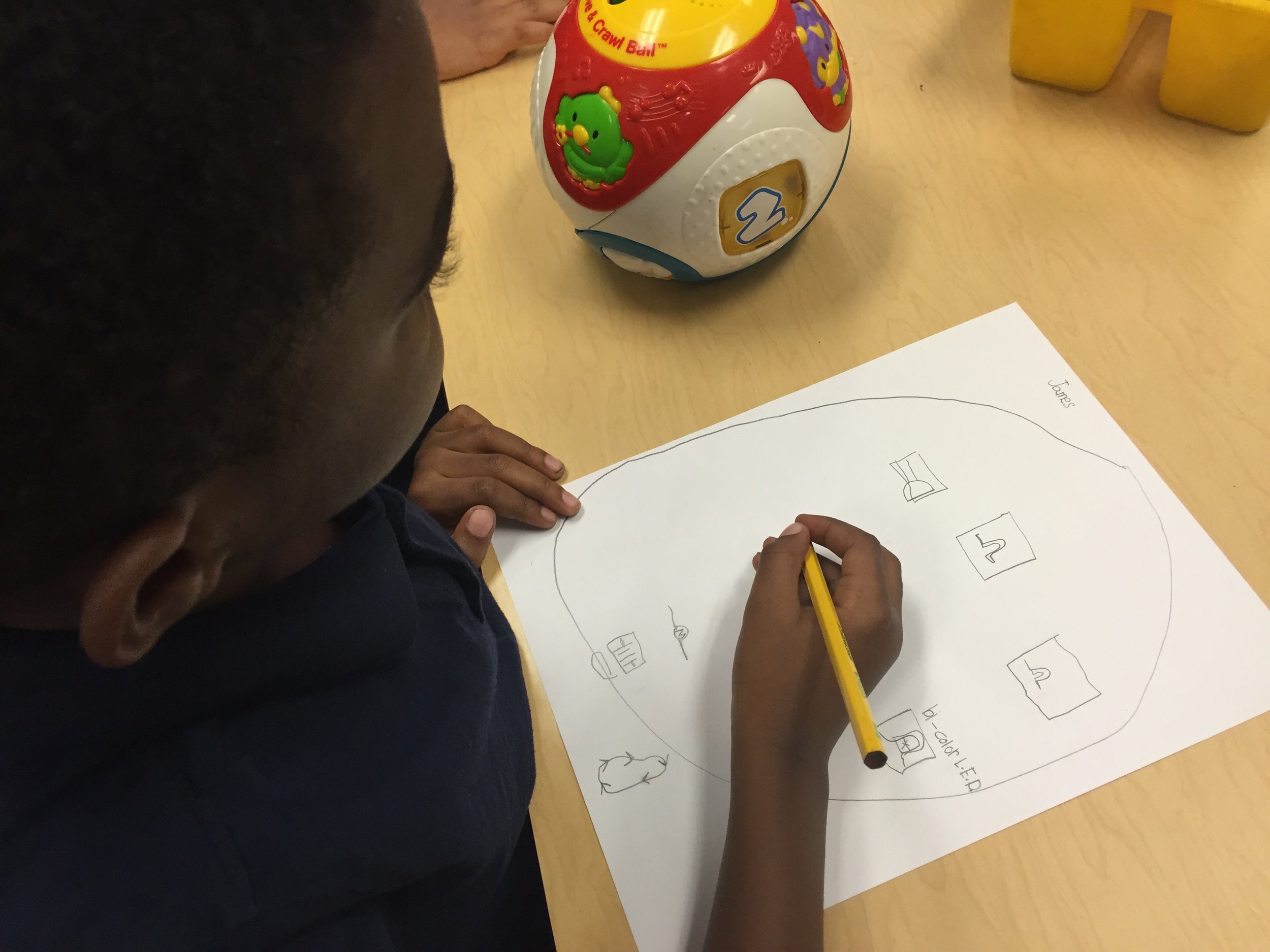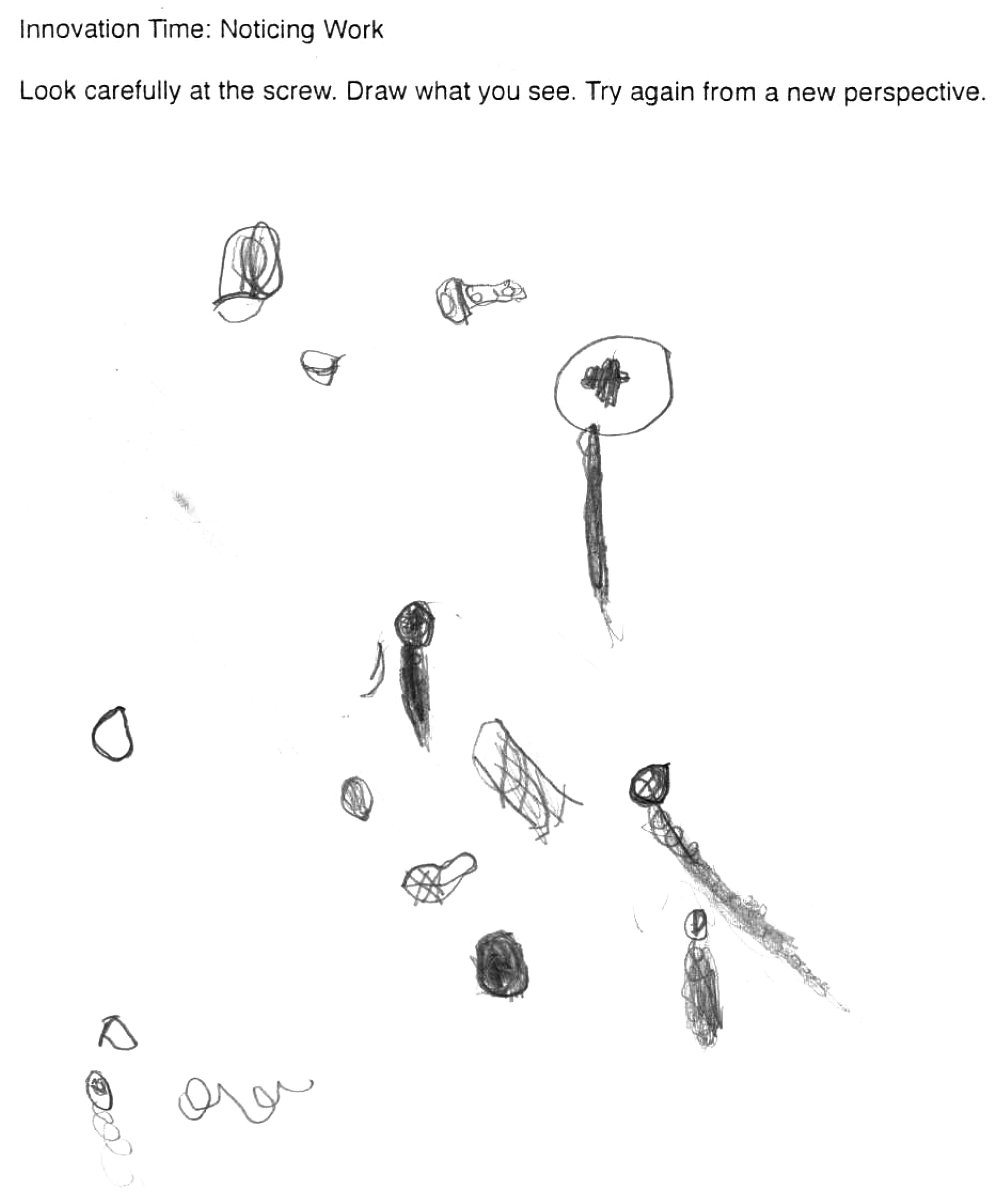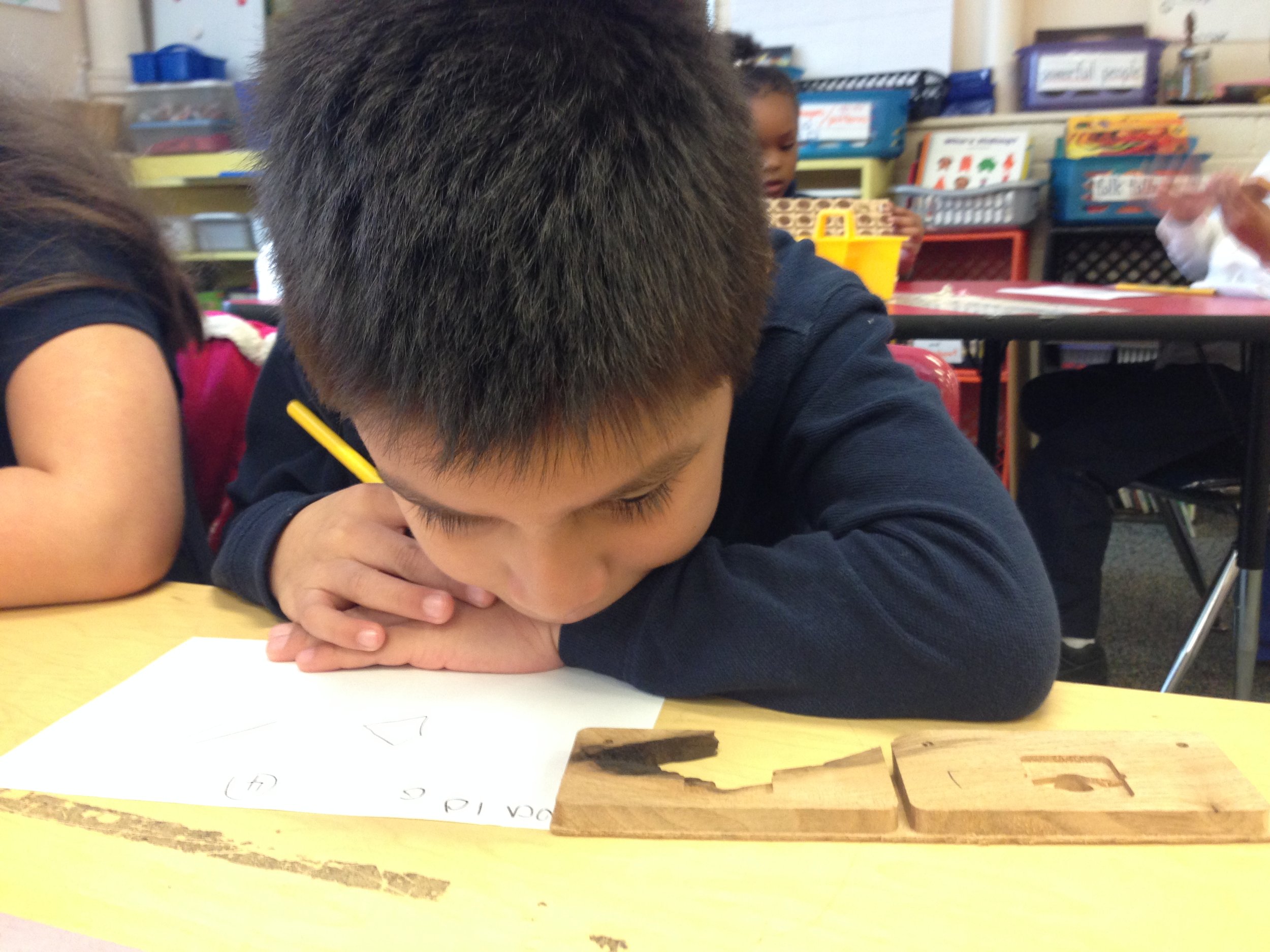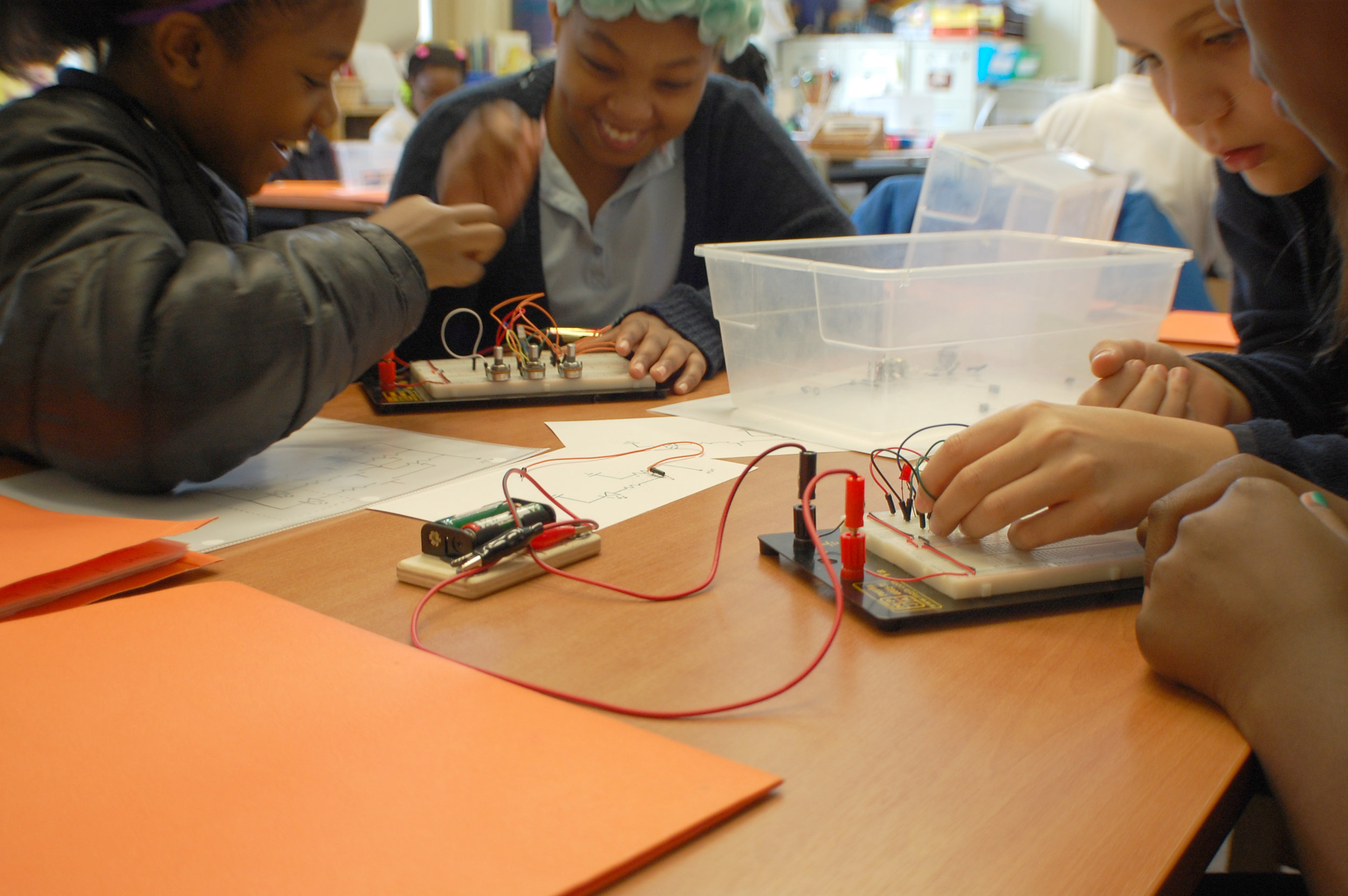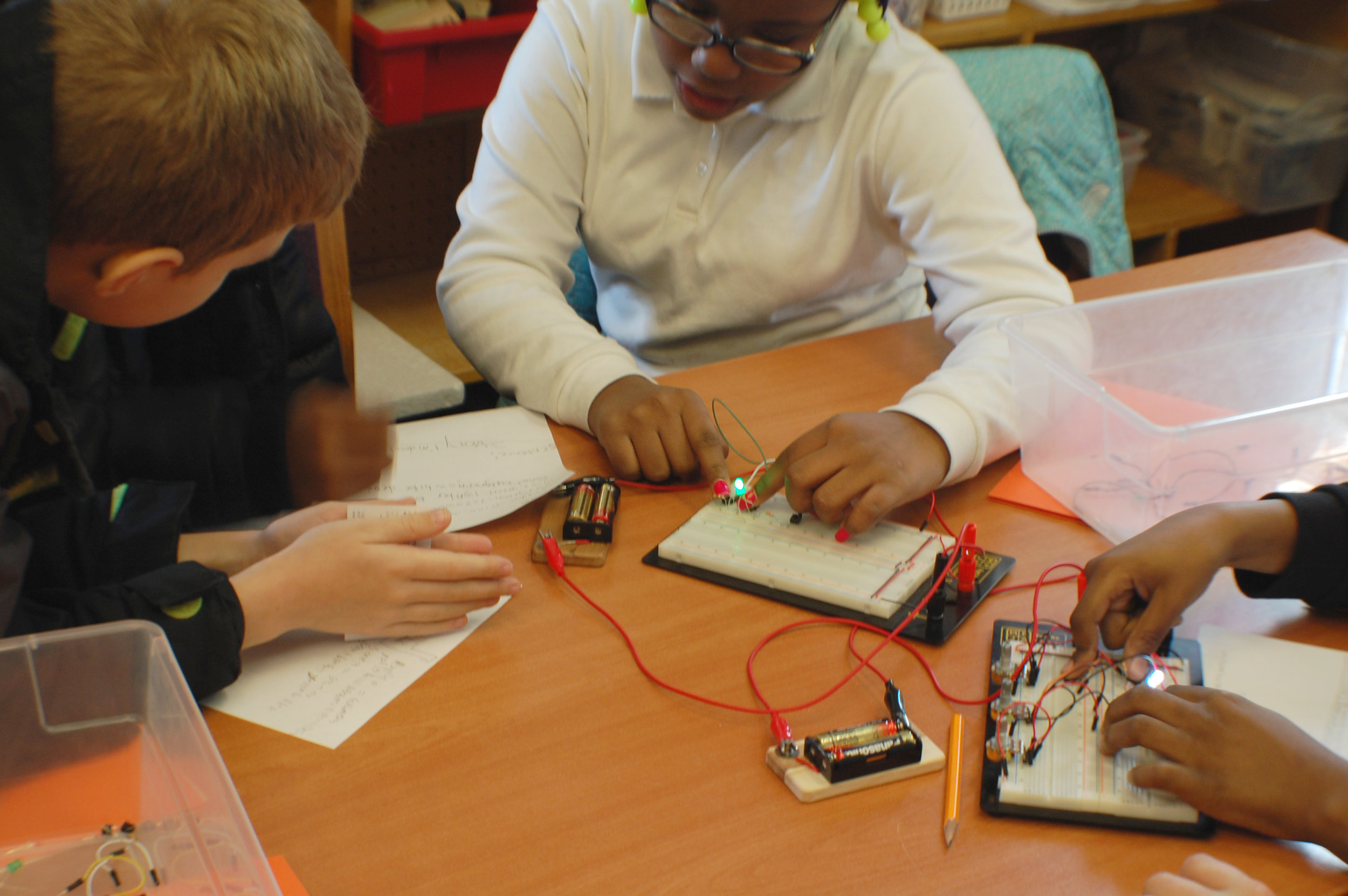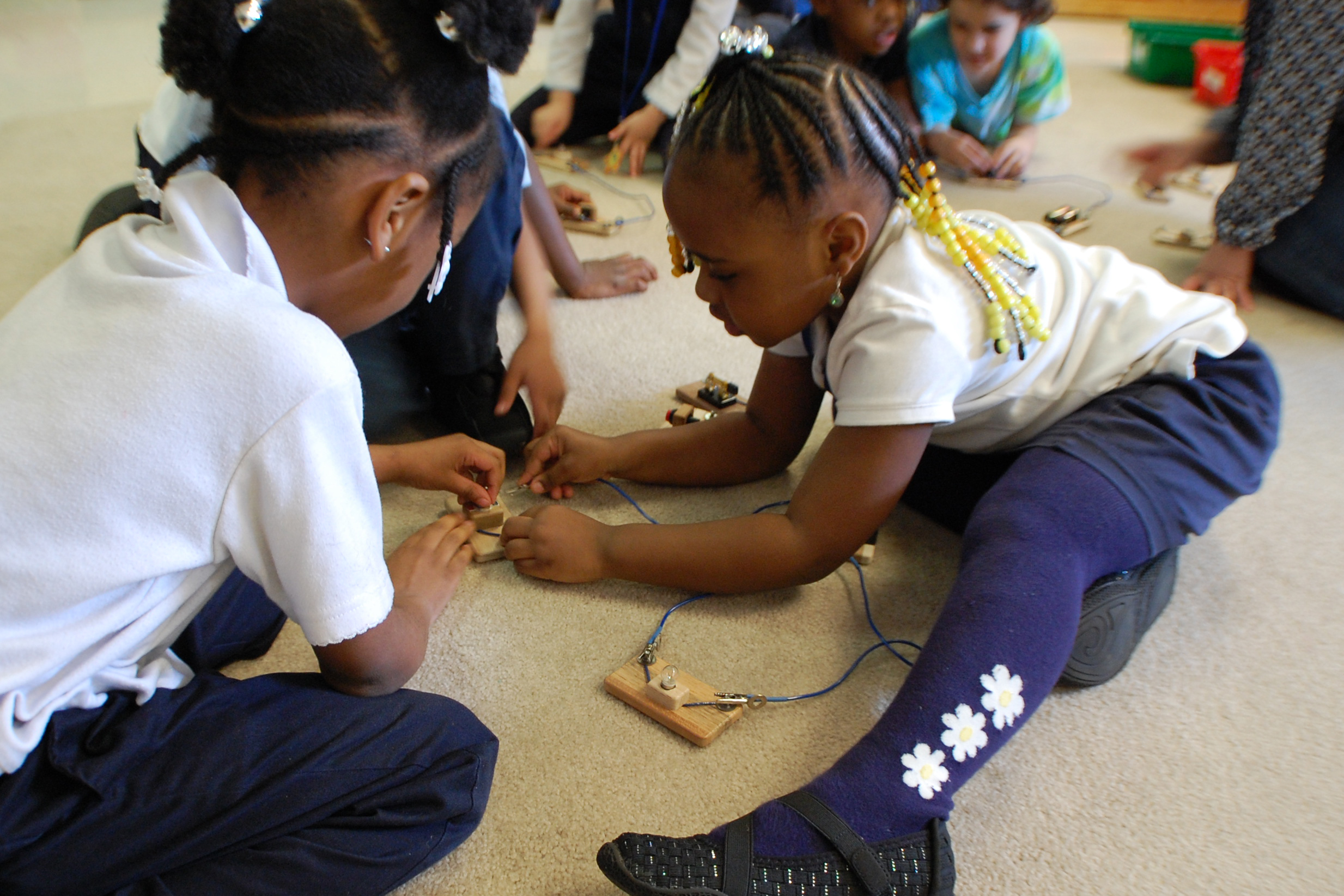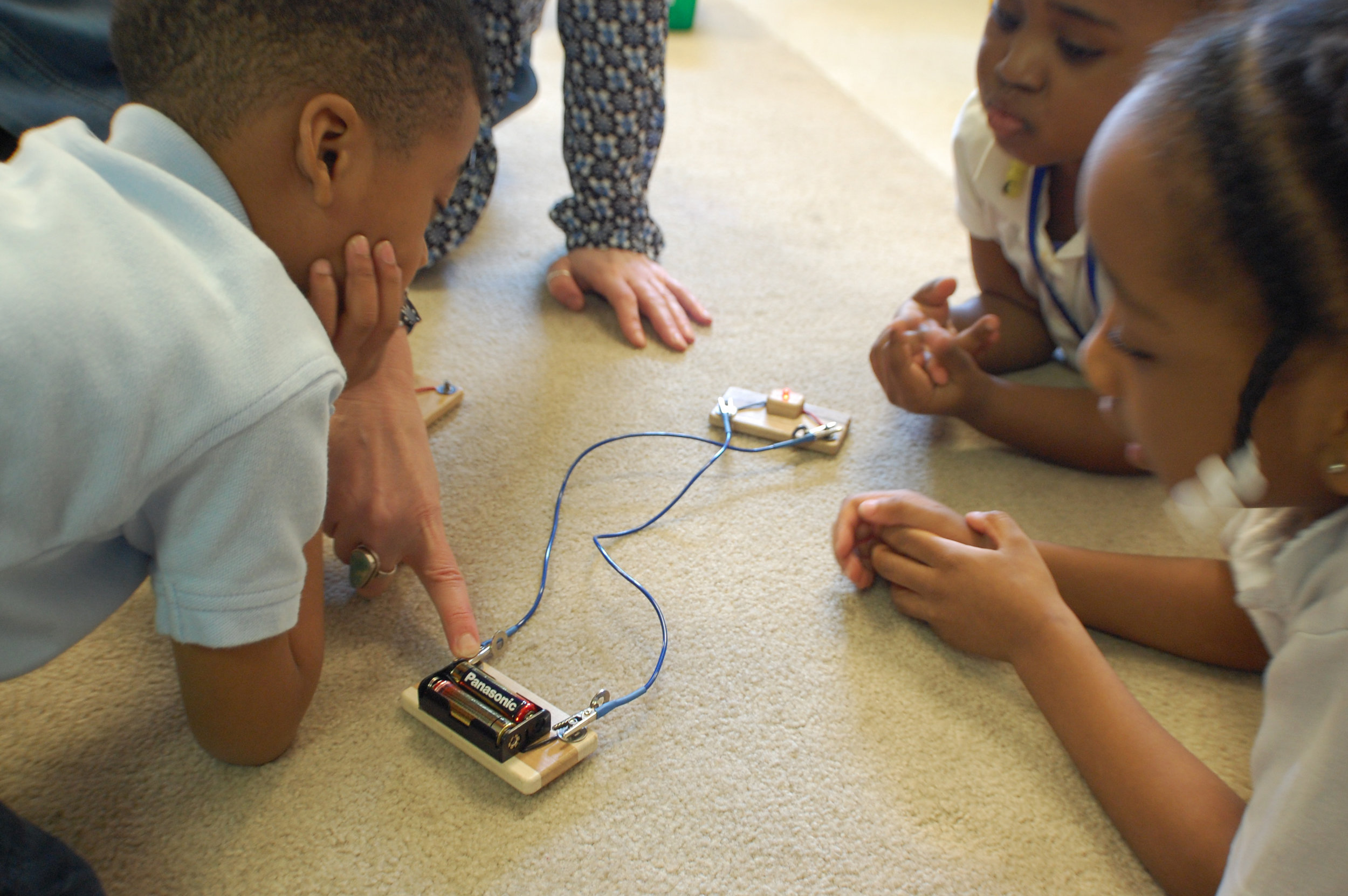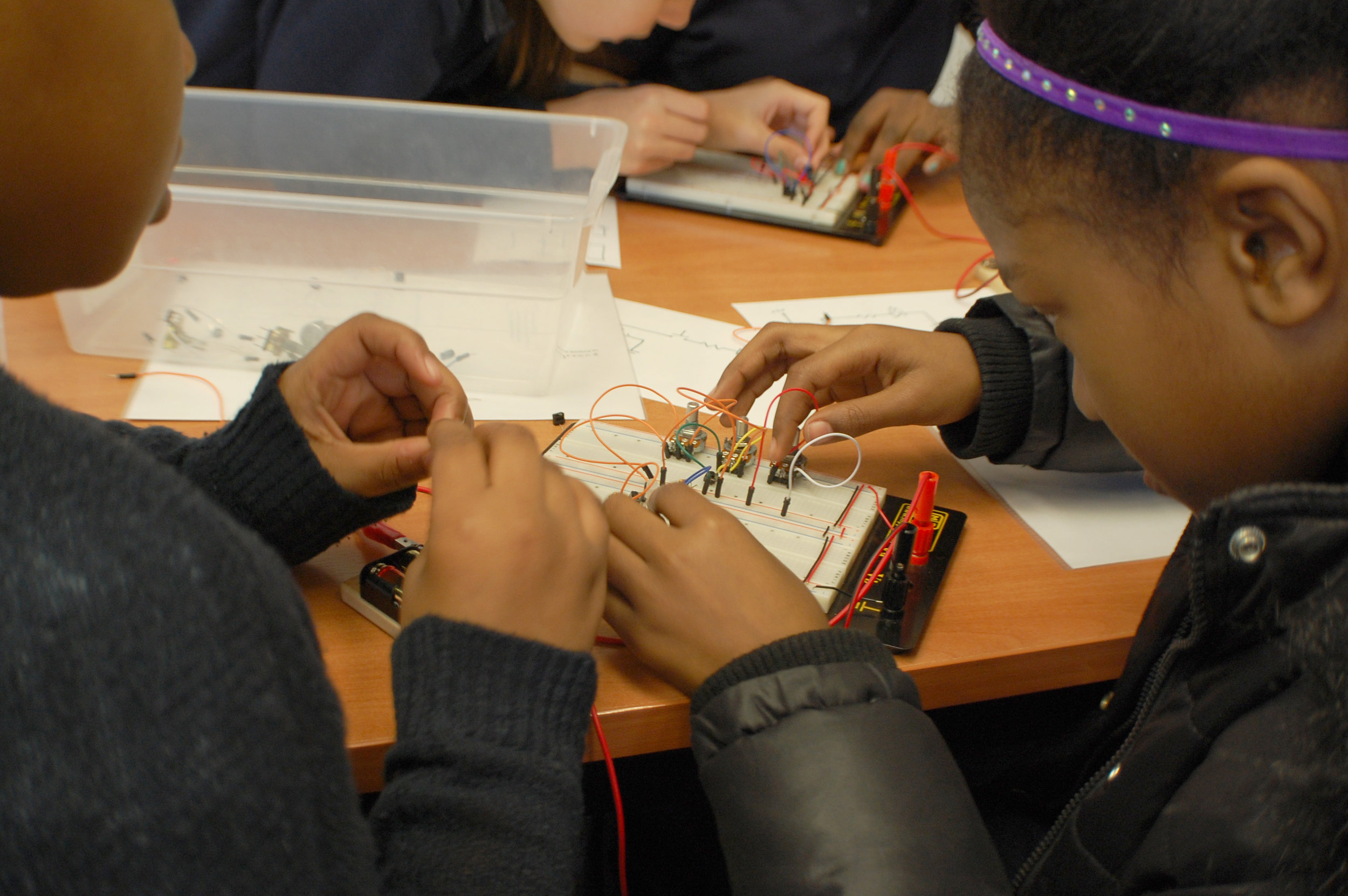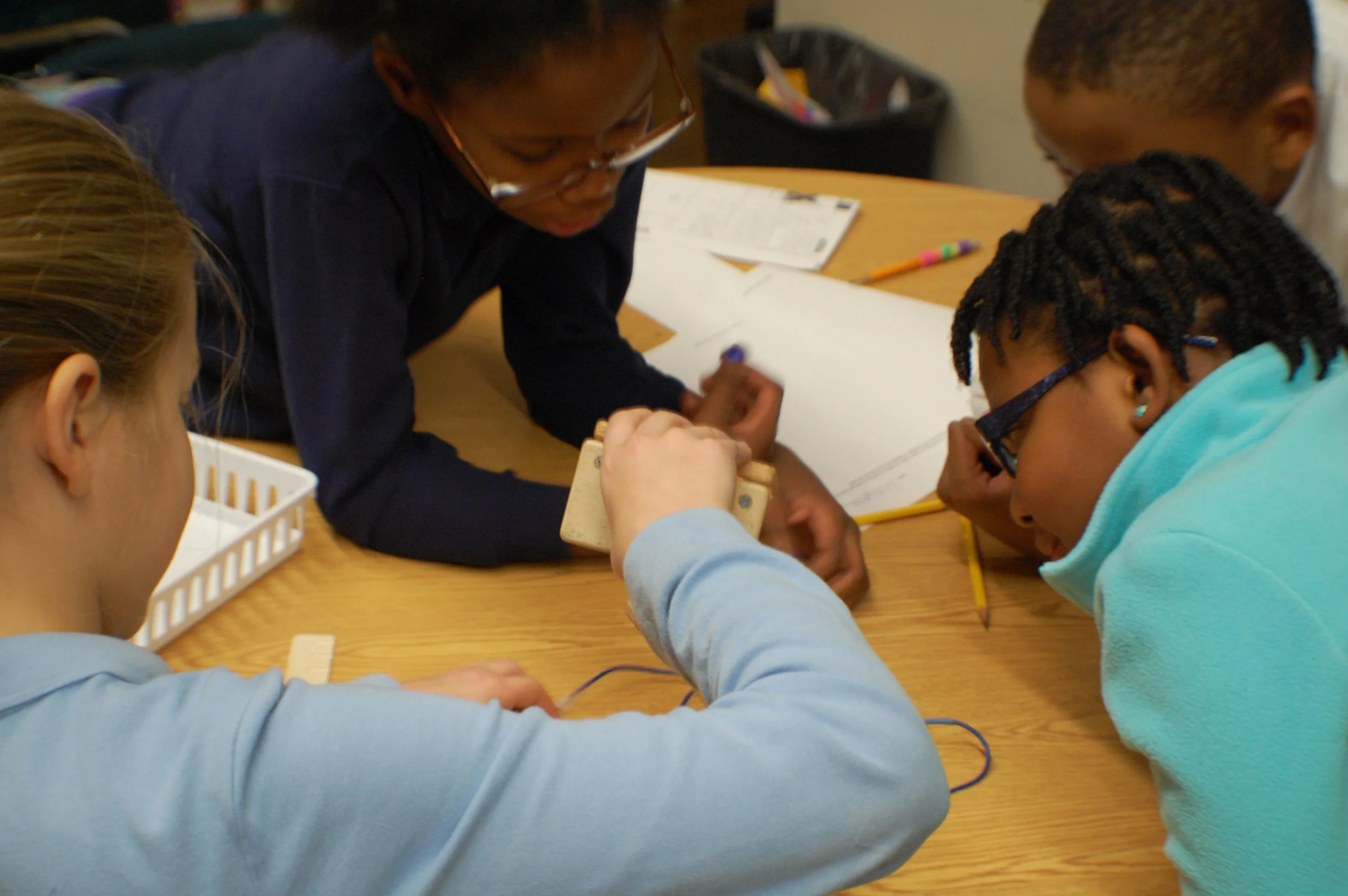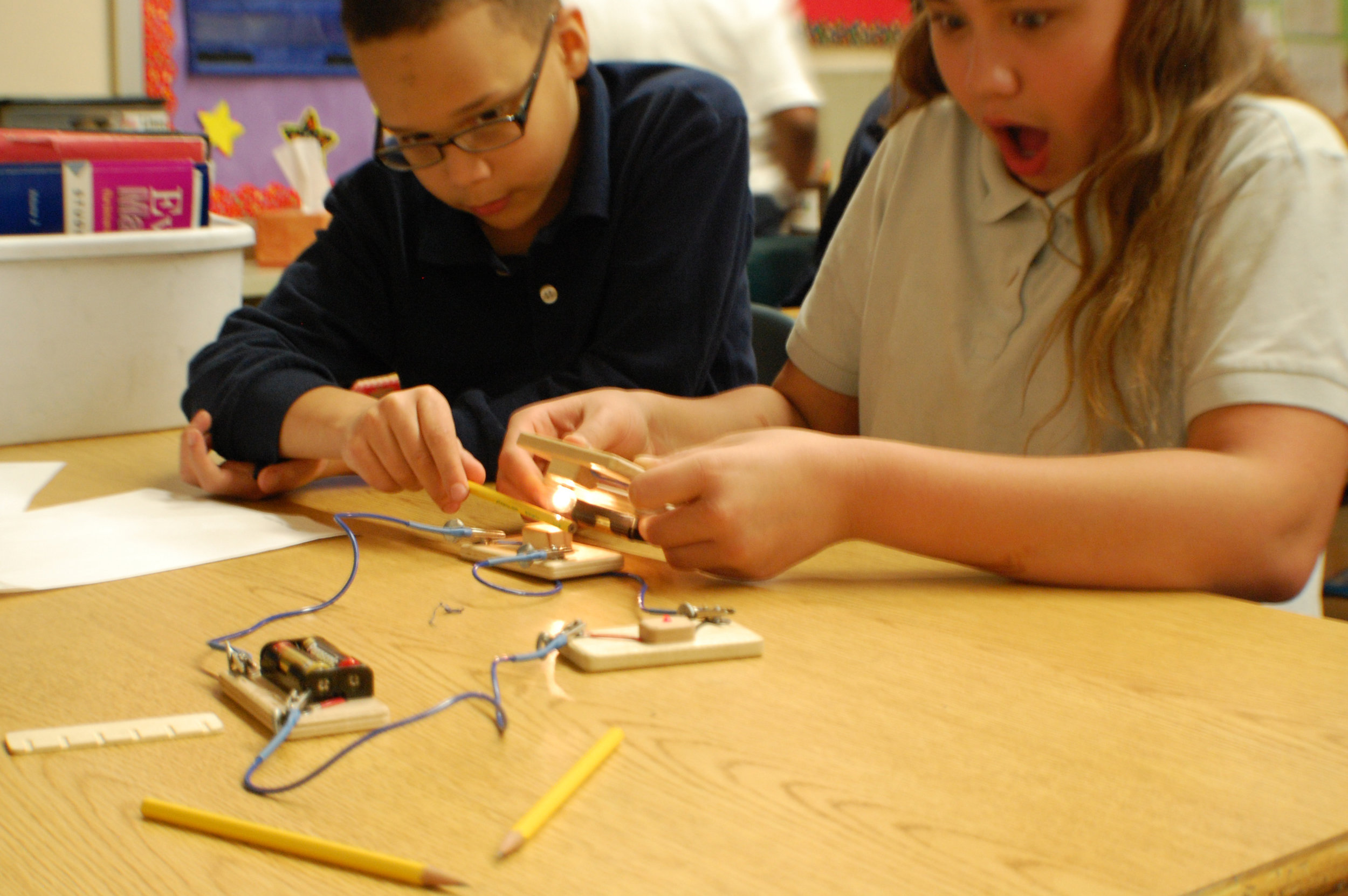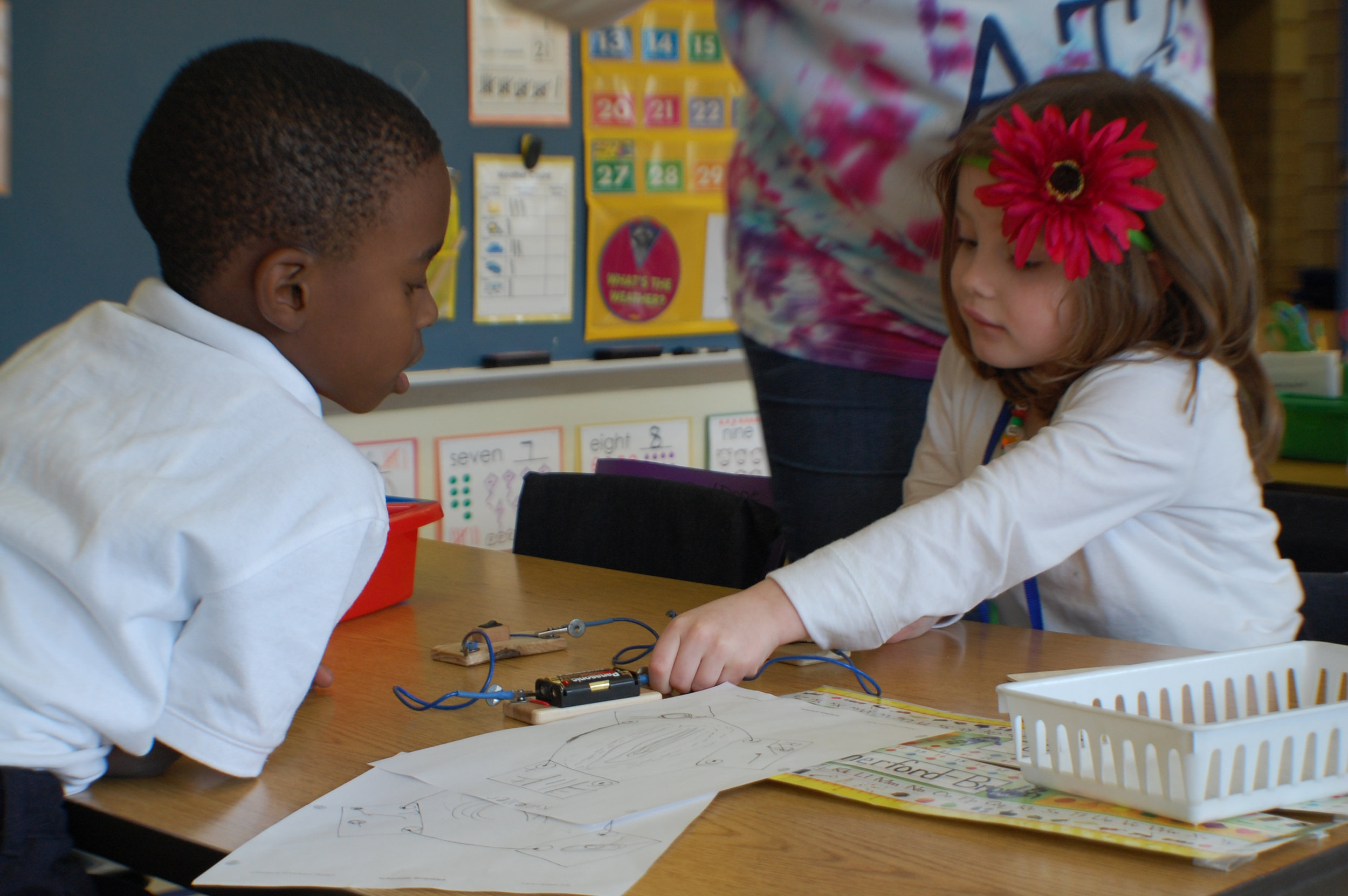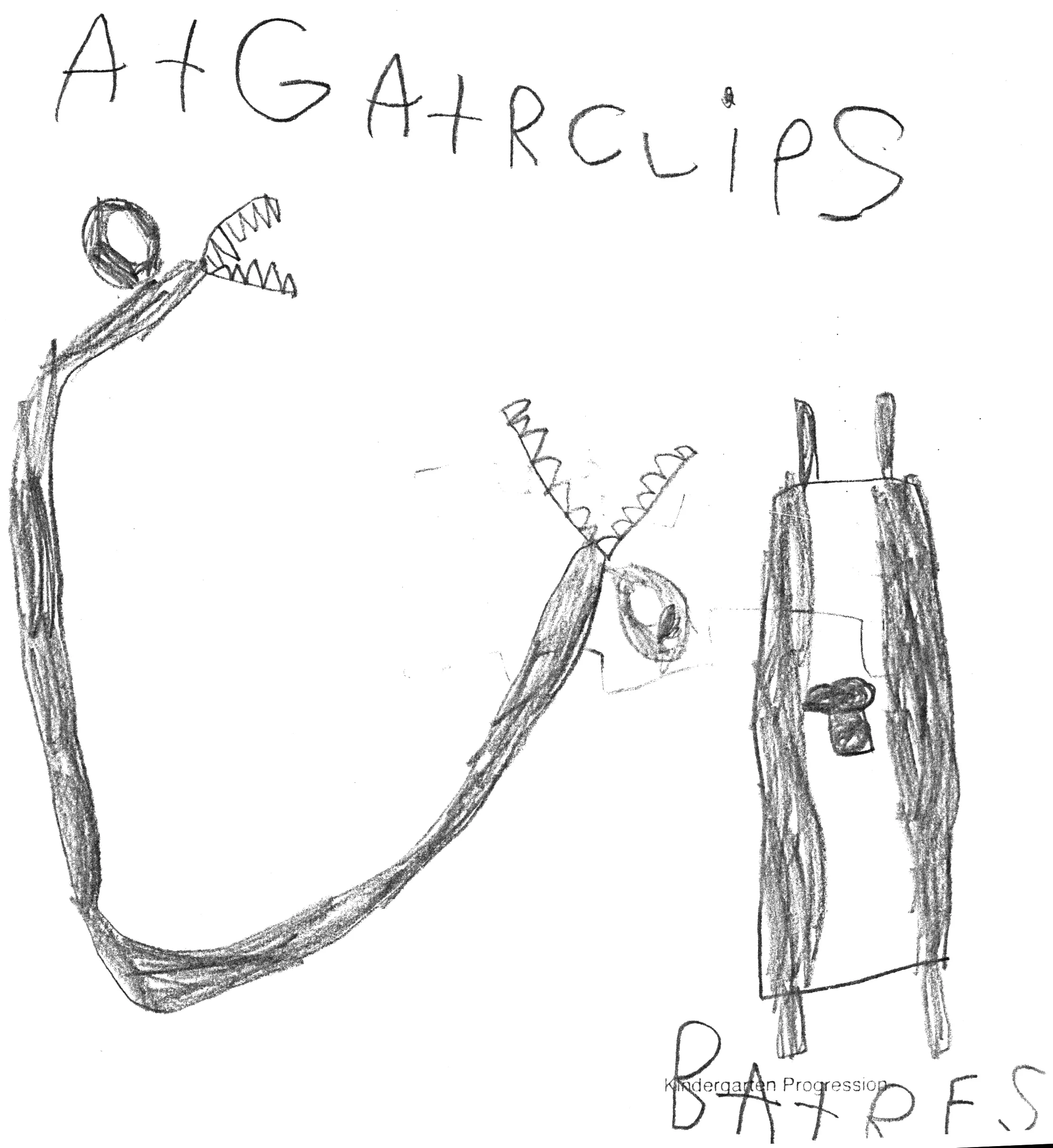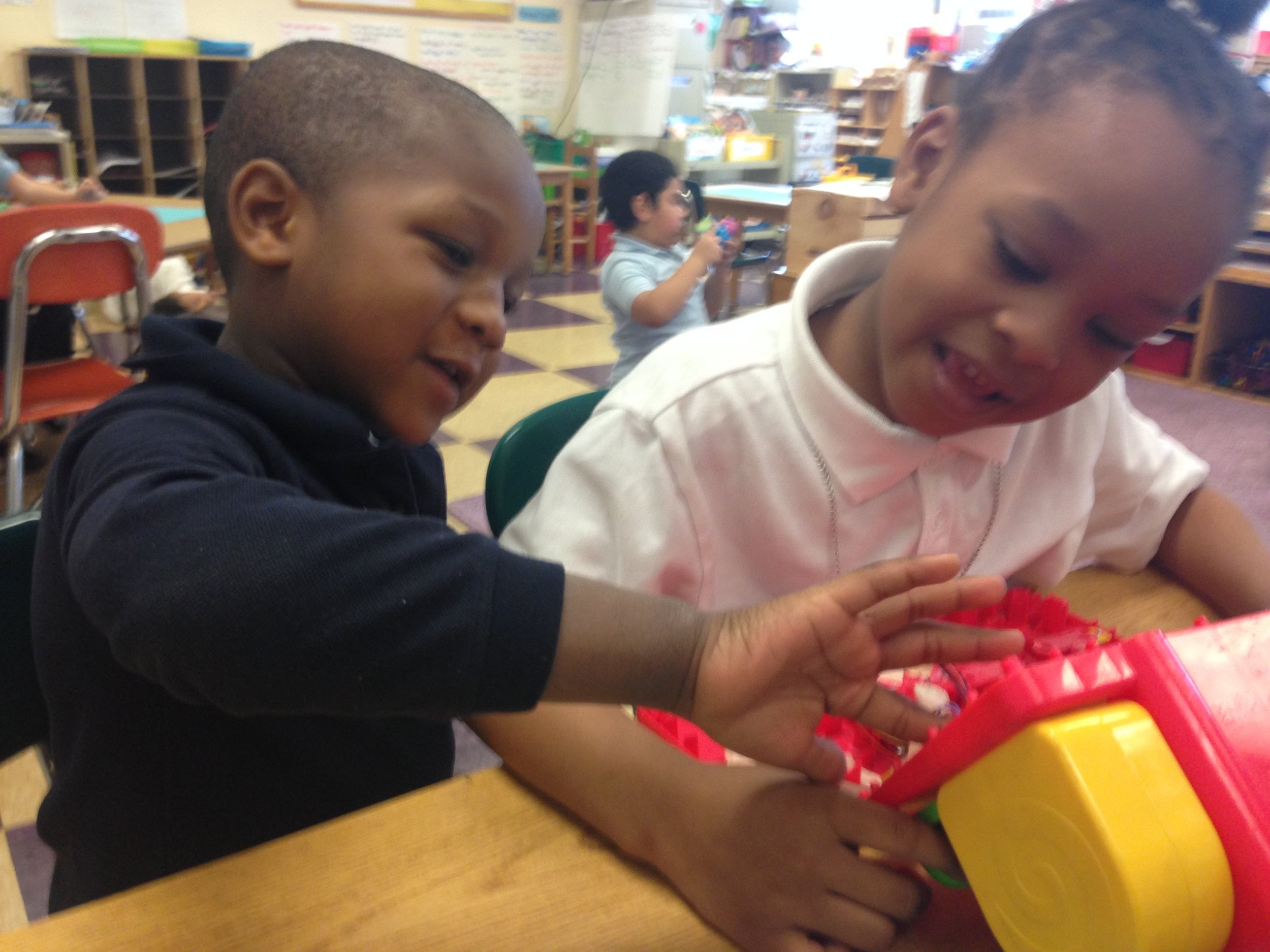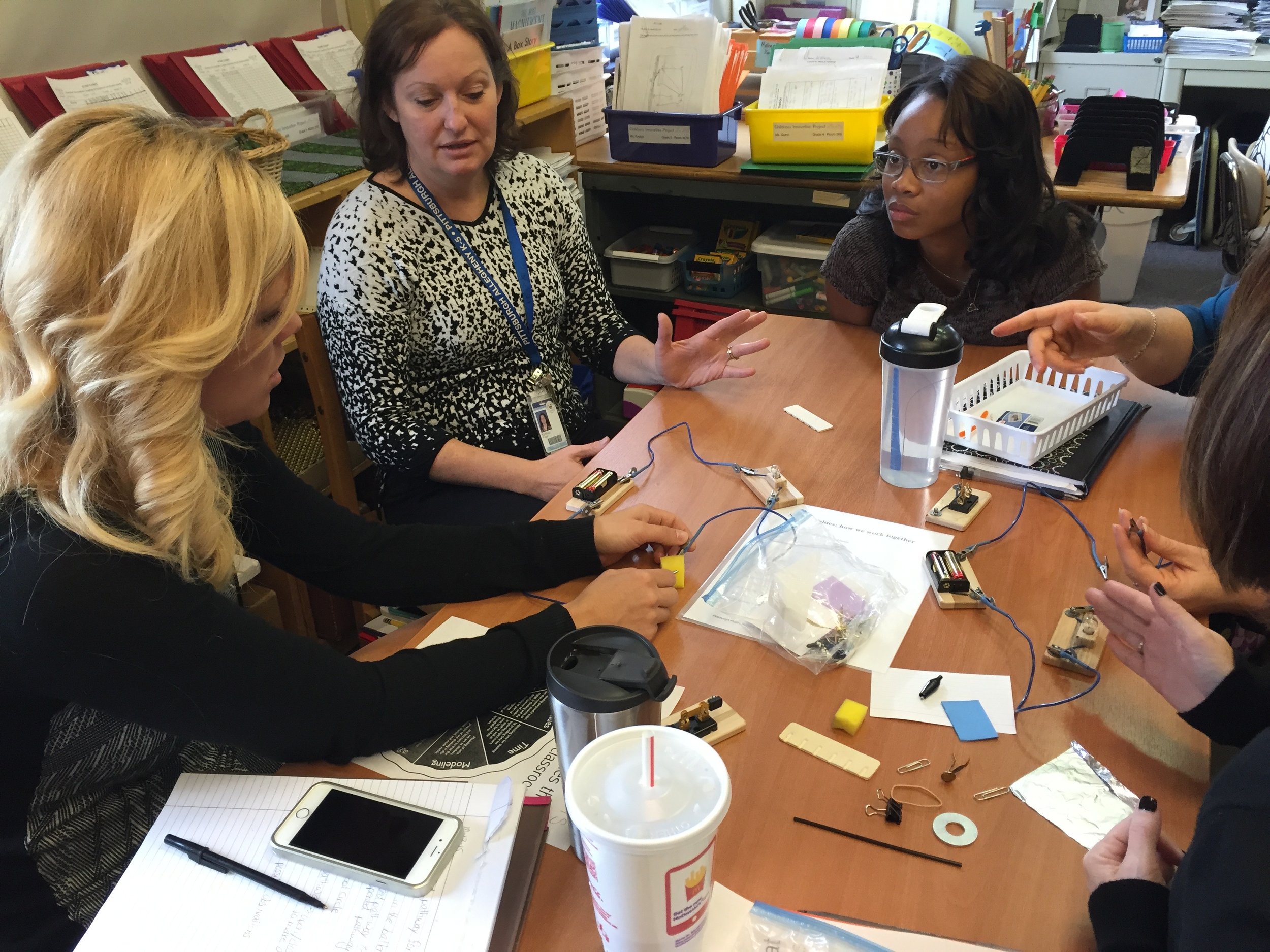innovation learning services
Children’s Innovation Project offers a unique approach to innovation and technology learning that centers authentic curiosities, ordinary materials, and open-ended inquiry practices that grow children’s habits and processes as innovators.
Services:
Educator workshops
Co-teaching and coaching
Customized curriculum design
Collaborative project development
Consultations
Speaking
Products:
Circuit Blocks (Learn more and purchase here.)
Ordinary materials (that you already have)
Watch a documentary about Children’s Innovation Project:
“Approaching innovation as ‘finding something new inside something known’ allows all children and all teachers to recognize their own power to learn and create based in who they are and what they care about.”
Historical Gratitude
Children’s Innovation Project was Co-Founded by Melissa Butler and Jeremy Boyle in 2010. It began through co-teaching in Melissa’s Kindergarten classroom at Pittsburgh Allegheny K-5 (Pittsburgh Public Schools), and grew from Melissa and Jeremy’s previous arts-based learning collaboration.
Children’s Innovation Project was developed through significant collaboration from many partners, including: Pittsburgh Allegheny K-5 teachers aadministration, Pittsburgh Public Schools, Carnegie Mellon University’s CREATE Lab, The Sprout Fund, The Fred Rogers Center at St. Vincent College, Pennsylvania Association for the Education of Young Children (now Trying Together), Clarion University of PA, Carlow University School of Education, Children’s Museum of Pittsburgh, ASSET STEM Education, among others. Pilot funding for the project came in 2011 from SPARK, a previous program of The Sprout Fund. During the timeframe of 2011-2017, Children’s Innovation Project was generously supported by Pittsburgh’s foundation community. The Grable Foundation supported child and teacher learning at Pittsburgh Allegheny K-5 and other Pittsburgh Public Schools, including program evaluation and development with the Fred Rogers Center. Heinz Endowments supported the development of classroom materials and educational supports for both in-school and out-of-school communities. Children’s Innovation Project is part of the Remake Learning Network.
Theoretical Framework and Approach
Children’s Innovation Project embraces innovation as finding something new inside something known. This frame for innovation allows a slow space for children to find small, authentic discoveries and reflect on themselves in relation to the materials they explore. An approach of technology as raw material further supports children’s innovation as it nudges children to work deeply at the grain of technology as they explore with Circuit Blocks, electronic toys, other devices, and components. We don’t attach value to technology itself, and we approach technology as a means to learning, not an end. Through a focus on the language-logic systems of technology, children gain access to the thinking of technology, instead of just using the stuff of technology. This access to thinking is supported by teachers who, inside this approach to innovation and technology, also have an opportunity to slow down so they may notice closely processes of children’s thinking. As children explore with a focus on process, not product, children have time to practice habits of mind to notice, wonder, and persist and thus begin to embody these habits as internalized sensibilities for their own learning. Children’s Innovation Project supports learning that is interdisciplinary, driven by creative inquiry, and aware of the importance of context. Our primary motivation is learning about learning—student learning, teacher learning, and community learning. In this way, we seek to shift current educational conversations about making and innovation so educators and policy makers might focus more on supporting processes of thinking and less on technology products.





